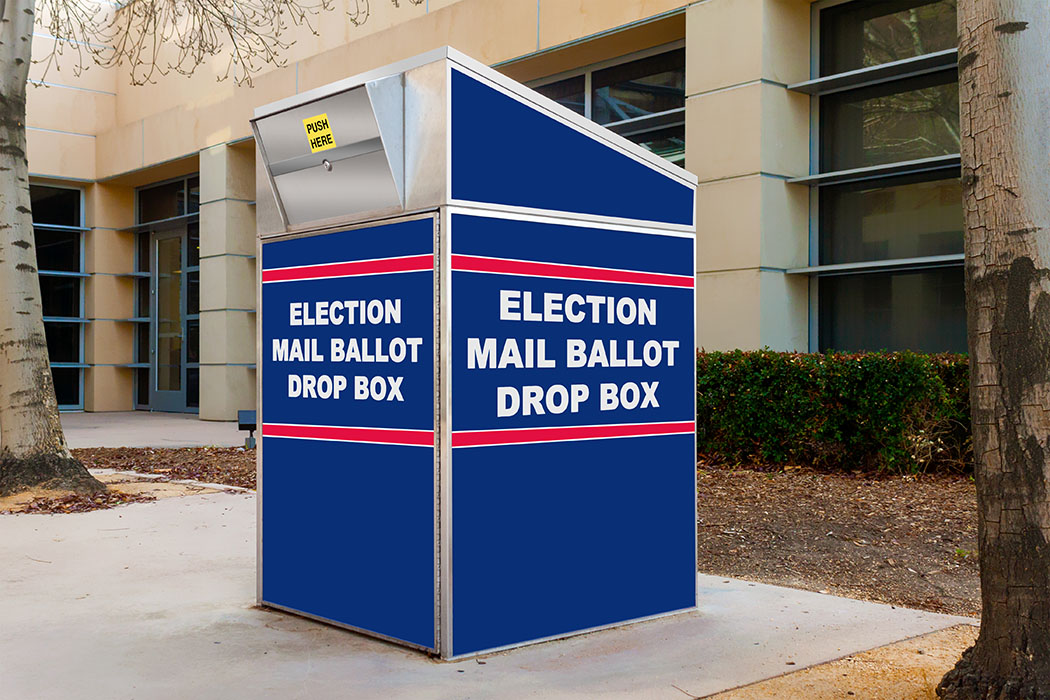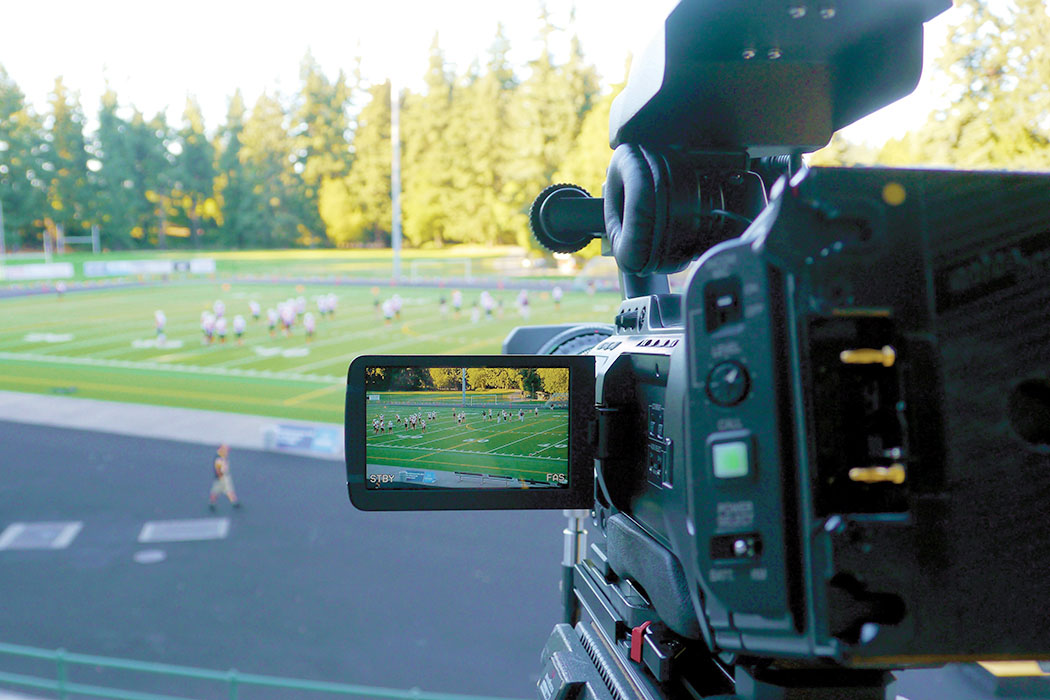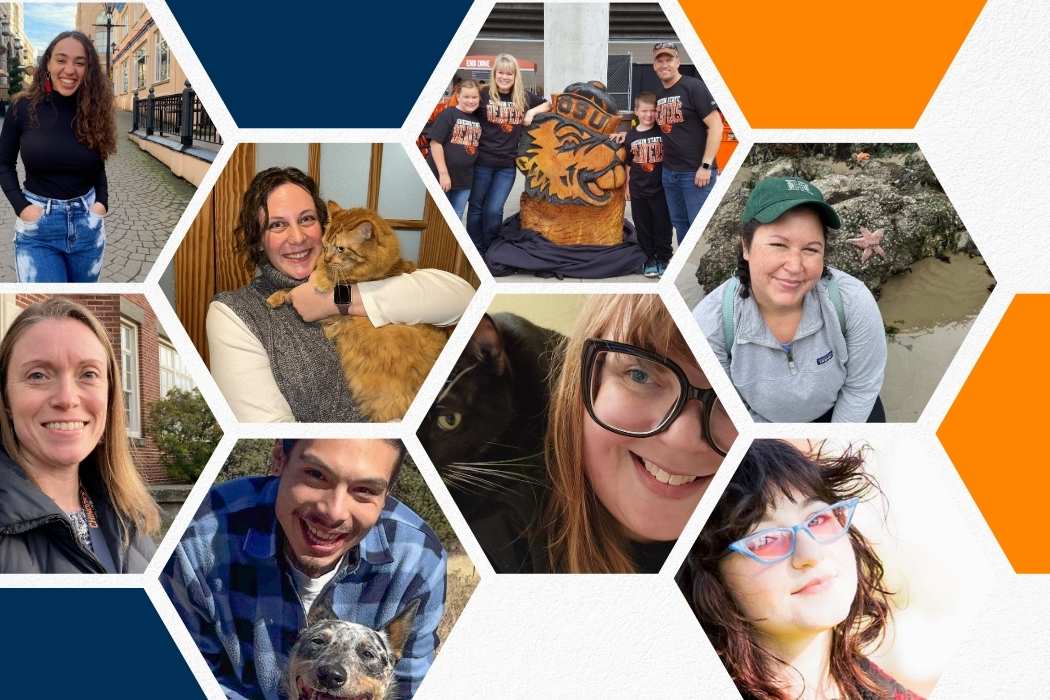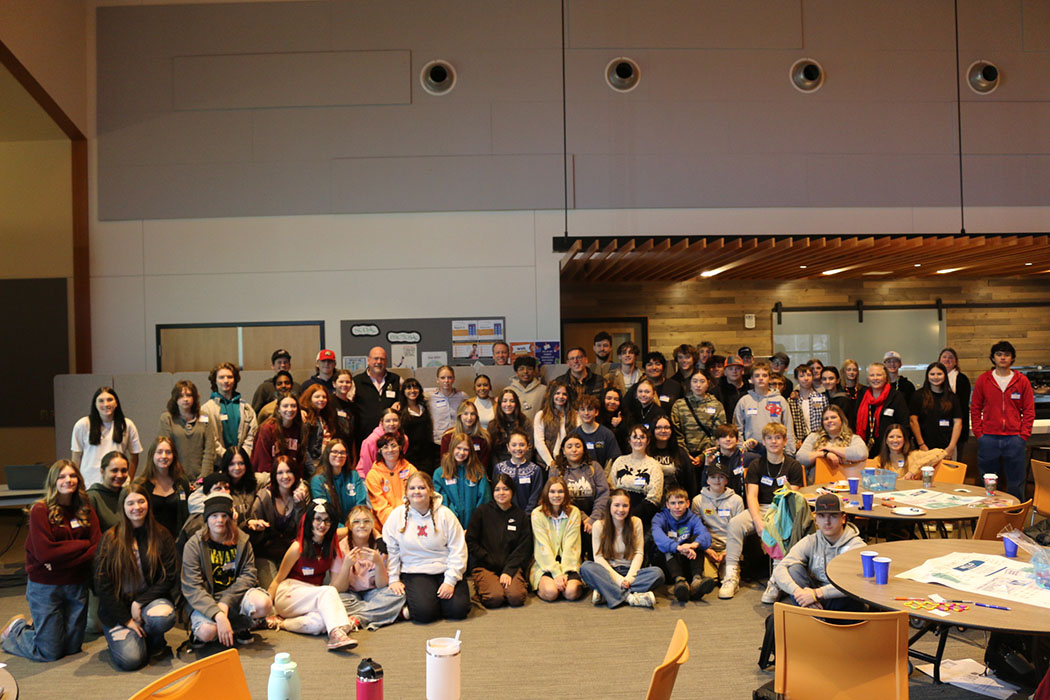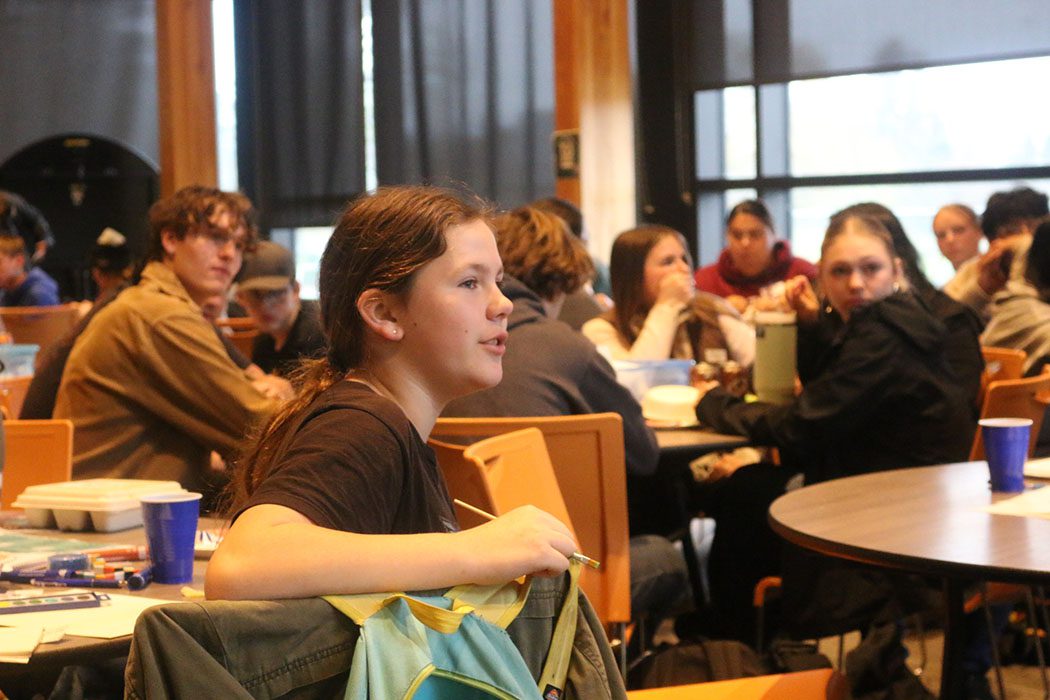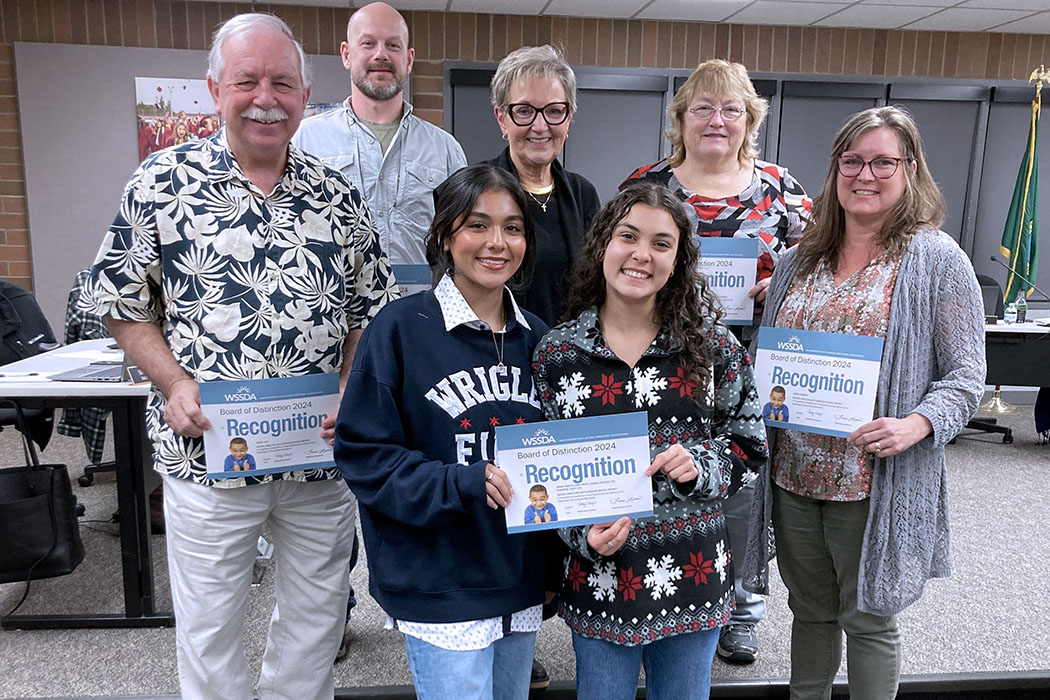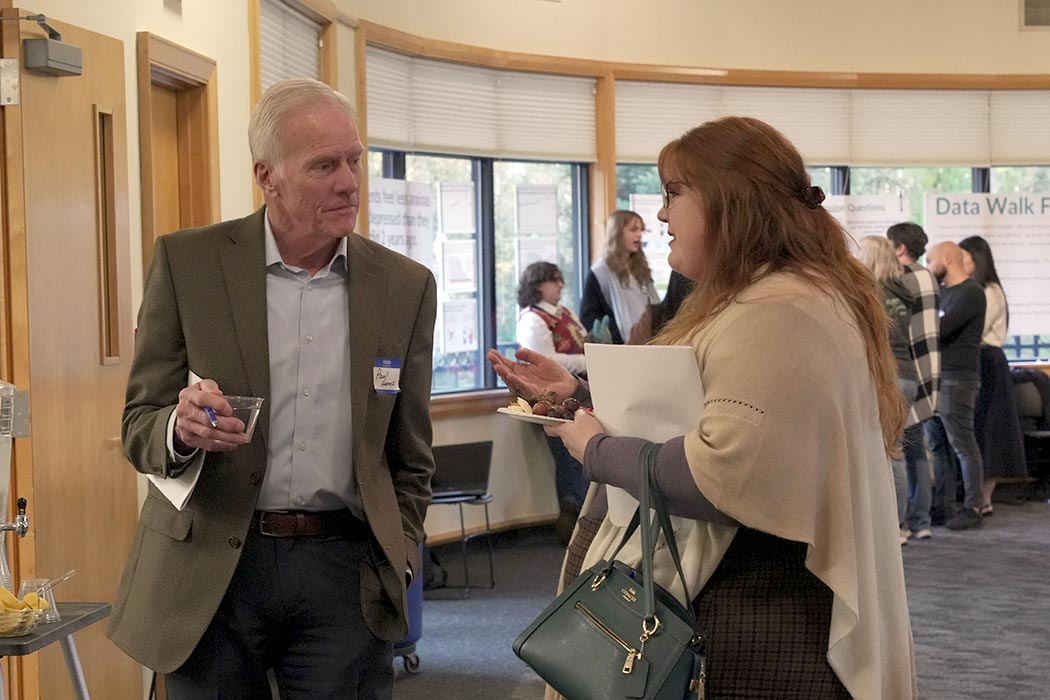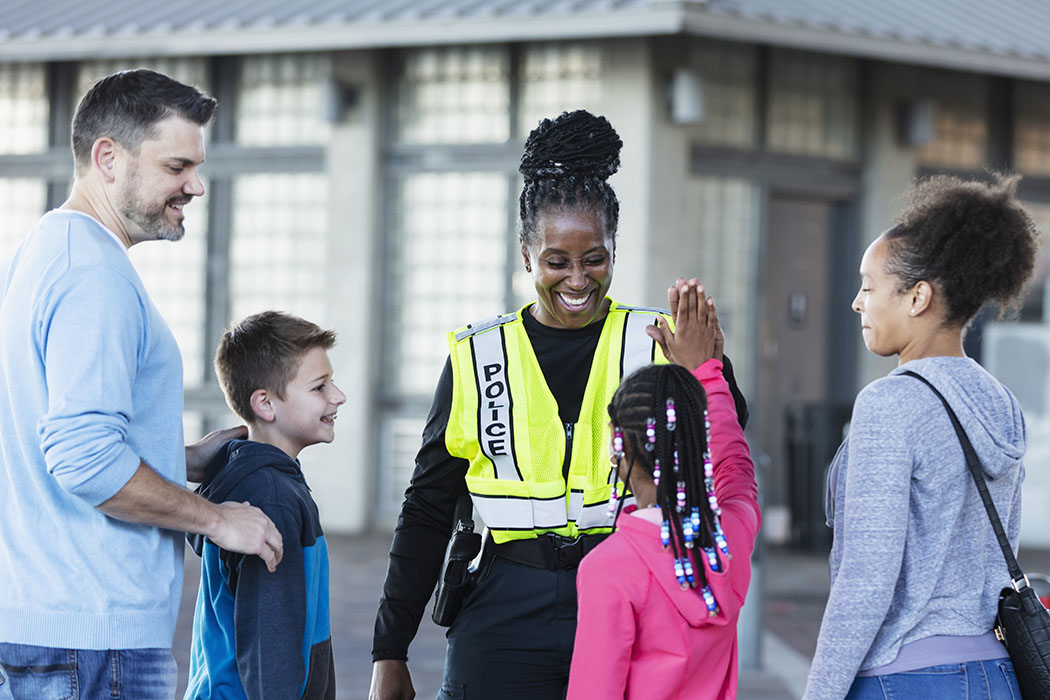Seven Clark County school funding measures on February 2025 ballot
Local levies, bonds, and capital levies remain significant funding sources for public schools. Seven school districts in Clark County will have school funding measures on the February 11, 2025, ballot. State and federal dollars do not fully fund the true [...]
Clark county districts continue to broadcast live high school sporting events
2024 marked the seventh year that student volunteers from Evergreen, Vancouver and Battle Ground public schools partnered with district staff and other video professionals to broadcast live high school sporting events on Comcast channels 27, 28, 29 and HD channels [...]
Meet the new College & Career Readiness advisors
In the transformative years when students begin making important decisions about their future, College and Career Readiness Advisors (CCRAs) serve as essential navigators, guiding students through the complex landscape of the many post-graduation opportunities. Generously funded by the Horizons [...]
Students advocate for change at annual Youth Advocacy Training
Students recently participated in the annual Use Your Voice student-let advocacy training, an event designed to empower youth to make a difference in their communities and prepare them for Prevention Policy Day on February 17. Held on December 13 at [...]
Become a certified teacher at a fraction of the cost with ESD-U
Applications for the 2025-2026 ESD-U cohort are now open. This one-year, residency-based, flexible teacher certification program offers alternative routes to teacher certification for individuals with bachelor’s degrees. Compared to traditional certification routes, it costs just $9,500, compared to the average [...]
Local school boards recognized as Boards of Distinction
Battle Ground Public Schools (back row from left): Director Ted Champine, President Mary Snitily and Director Debbie Johnson. Middle row: Director Terry Tate and Vice President Jackie Maddux. Front row: Student representatives Itzel Contreras Montiel and Julia Stiffler. [...]
Substance use prevention event highlights data, solutions, and youth voices
Educators, community leaders, and public health advocates recently convened at the Vancouver Water Resource Education Center for the Data Walk & Youth Leadership Panel, an event presented by Prevent Coalition and Clark County Public Health. This gathering focused on addressing [...]
Standard Response Protocol gaining momentum throughout southwest Washington
In a time when school safety is a critical concern, ESD 112’s Regional School Safety Center (RSSC) is leading a collaborative effort to improve emergency preparedness and response across the region through pioneering the implementation of The Standard Response Protocol [...]
School leaders call for legislative action on big 3 priorities at ESD 112 Legislative Forum
On November 20, 2024, more than 50 school superintendents and education leaders from across Southwest Washington gathered virtually for the ESD 112 2024-25 Legislative Forum. The forum provided a vital opportunity for regional educators to engage lawmakers on pressing issues [...]

